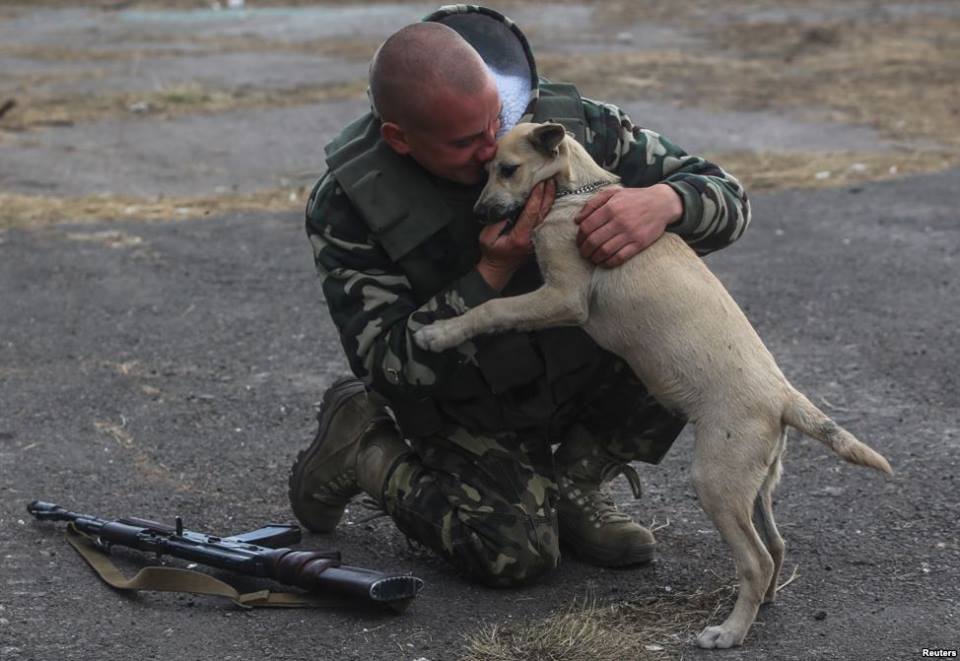The powerful Typhoon Haiyan that hit the Philippines on November 8th, has left the island in a desperate condition in need of immediate international support. 13 million people in the Philippines have been affected by the typhoon, which has killed more than 5,000 people and displaced nearly four million.
With the Philippines now relying on international humanitarian assistance in hopes of getting back on their feet, we will take a look at the Canadian contribution. By far, Canada is the fourth largest donor to the crisis, with the U.S, U.K, and Australia on the lead. So far, Canada has contributed over $40 million, from businesses, individual charities, and the federal government. Now, the Canadian government is extending the deadline for matching donations for Philippine typhoon relief to Dec. 23 from Dec. 9. Christian Paradis, Minister of International Development is urging Canadians to continue to contribute to the relief efforts and in exchange, the federal government will match donations dollar for dollar.
[captionpix align=”right” theme=”elegant” width=”310″ imgsrc=”http://natoassociation.ca/wp-content/uploads/2013/12/phiii.jpg” captiontext=””]
But Canada is going beyond monetary aid. Canada is seeking to assist the Philippines in continuing economic development programs on the ground. According to Christian Paradis, Canada is also looking to assist in food safety, crop regeneration, and rebuilding ways for Filipinos to earn income. According to The Globe and Mail, “Canadian military task force in the Philippines had purified 117,633 litres of water, treated 3,321 patients, cleared 118 kilometres of road, and delivered more than 22,000 kilograms of food and other humanitarian assistance.” Canada also seeks to assist the Philippines in preparation for future typhoon attacks.
What is important here is that it will take time for the Philippines to recover. Rebuilding will take at least a couple of years, but what really matters is good governance and access to funds. The World Bank approved $500 million in budget support that the Philippine government can use for short-term recovery and reconstruction. It is also providing technical assistance in schools, hospitals, designing housing, and public facilities that can withstand powerful typhoons, strong earthquakes and severe floods. Because the Philippines is a natural disaster prone country, it needs to find solutions to withstand future natural disasters to avoid the kind of crisis it is facing today. Preparation is key and the time to do it is now.




